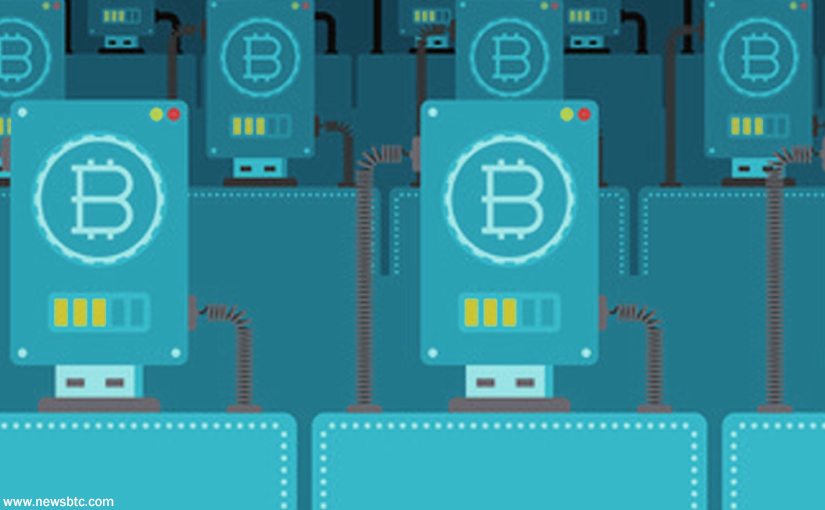With all eyes looking at the charts and wondering when Bitcoin will ever stop its upward march over ten thousand dollars, many overlook what is actually involved in creating one. According to reports, the popularity of Bitcoin has created a global surge in energy consumption. Digiconomist’s Bitcoin Consumption Index claims that the current estimated annual electricity consumption is over 30 TWh.
A TeraWatt hour is a pretty big number and equates to 1012 (1 followed by 12 zeros) watts per hour – which is a lot of energy. That is the equivalent of around 0.14% of total global electricity consumption. It doesn’t sound a great deal but Bitcoin mining is currently using more electricity than 159 countries. Almost 10 US households can be powered for one day by the electricity consumed for a single Bitcoin transaction. With a continuous power drain of 3.4GW, the BTC network consumes five times more electricity than is produced by the largest wind farm in Europe.
This colossal amount of energy is used to power the computers and graphics processors which do the number crunching to mine Bitcoin. Mining is the process by which blockchain transactions are verified and added to the public ledger. As the block reward becomes harder to mine more energy is required to carry out the calculations in this computational arms race. If Bitcoin miners were their own country they would rank 61st in the world for electricity consumption. This puts them above Ireland and Nigeria.
According to the report, Bitcoin mining energy consumption has increased by almost 30% in the last month alone. The monumental rise in price has created a flurry of interest as people want to jump on the gravy train. Many are unaware of the mathematical complexities that mining involves and the level of hardware and power required doing it. As much as 80% of the mining is currently done in mega-factories in China where banks of computer rigs and fans stretch away as far as the eye can see. Companies rent these rigs out to individuals who get a cut of the mining action.
In comparison one of Visa’s two US data centers reportedly runs on around 2% of the power required by Bitcoin. Between them, those two servers conduct around 200 million transactions a day while the Bitcoin network handles less than 350,000. With Bitcoin’s price increase over tenfold since the beginning of the year and this unsustainable energy draw in keeping up with it, many speculate that the bubble may soon burst.
